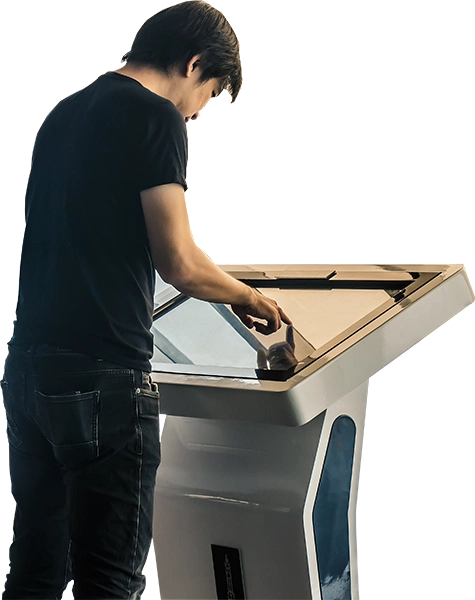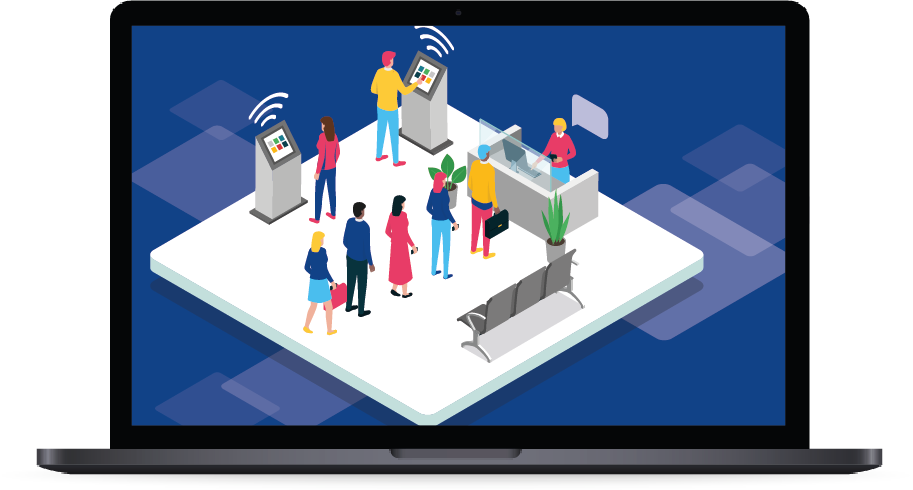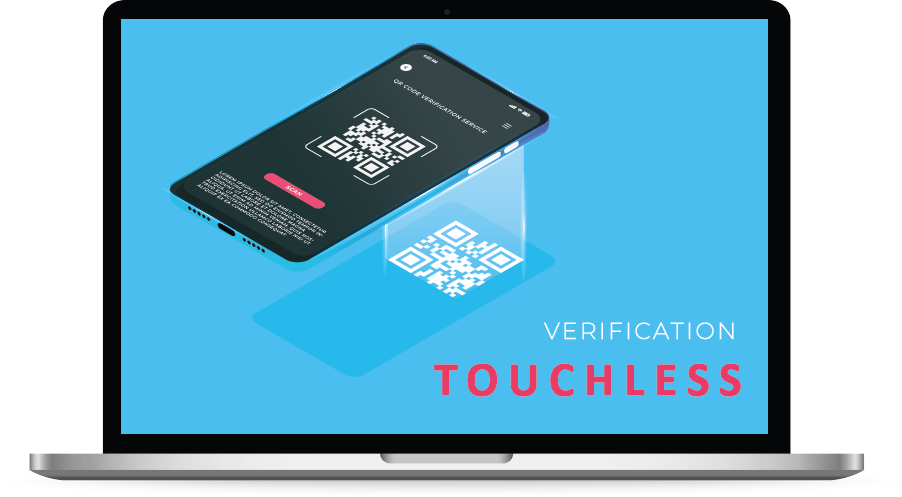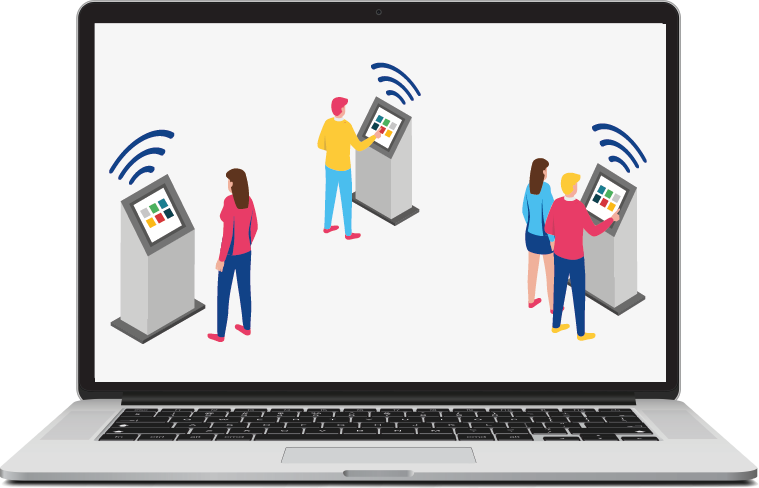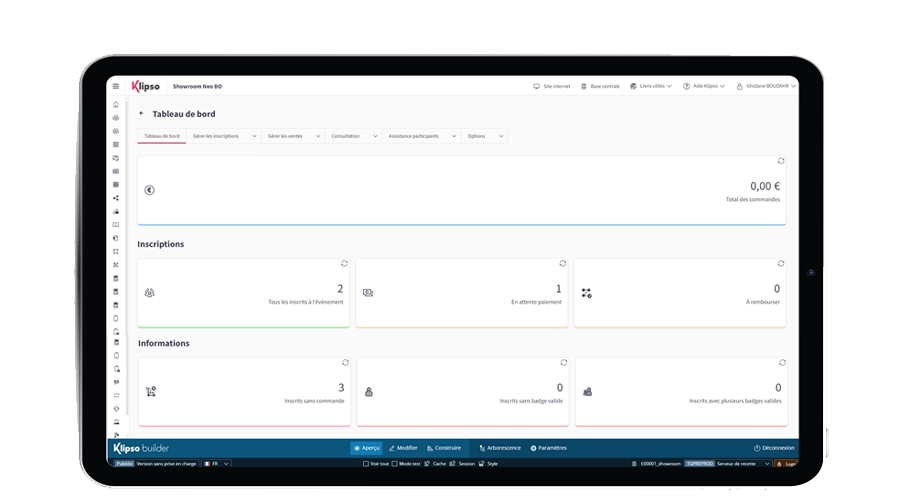Reduce checking time
Providing self-registration kiosks is an effective way to streamline the registration process for participants at events, conferences, or other gatherings. By offering this option, you can reduce their registration times, which in turn improves their overall experience and satisfaction with the event.
Self-registration kiosks are typically user-friendly and intuitive, making it easy for participants to quickly and easily register themselves. They typically include touchscreens that allow participants to input their personal information, such as their name, email address, and any other relevant details. Once the information is entered, the kiosk can print out a badge or other identification that the participant can use to quickly check in and access the event.
By eliminating long registration queues, self-registration kiosks also free up staff members who would otherwise need to be dedicated to managing the registration process. This can save time and resources for your organization, and allow your staff to focus on other important tasks.
Contactless check in
The Covid-19 pandemic has forced many businesses and organizations to rethink their processes in order to ensure the safety and wellbeing of their customers, employees, and attendees. One important consideration is reducing the amount of physical contact between individuals in order to limit the spread of the virus.
One way to do this is by offering touchless check-in options to attendees. By implementing these options, attendees can avoid touching shared surfaces such as paper tickets, keypads, or touchscreens, and instead use their own personal devices to check-in.
Offering touchless check-in options not only helps to reduce the spread of viruses, but also provides a convenient and efficient experience for attendees. By reducing the need for physical contact and minimizing wait times, attendees can quickly and easily check-in to events.
On-site kiosks
One way to streamline the check-in process at an onsite event is by offering participants the ability to scan their printed or mobile barcode on on-site kiosks and print their badge.
This process typically involves several steps. First, we set up kiosks in a central location where participants can easily find and access them. These kiosks may be physical stations with a computer and printer, or they may be digital kiosks that participants can access through their mobile devices.
Next, we generate unique barcodes for each participant. This can typically be done through an event registration system or ticketing platform, which can generate a barcode for each attendee and include it on their ticket or registration confirmation.
At the event, participants can approach the kiosks and either scan the barcode from their printed ticket or pull up the barcode on their mobile device and scan it using the kiosk’s scanner. Once the barcode is scanned, the kiosk can pull up the participant’s registration information and prompt them to confirm their details and print their badge.
Printing badges on-site can help to expedite the check-in process and reduce wait times for participants, while also ensuring that each attendee has a unique and identifiable badge for the duration of the event. Additionally, this process can help to reduce paper waste by only printing badges for those who have checked in, rather than printing badges in advance for all registered attendees.
Data
Collecting and overseeing real-time data with your attendees’ information is an important task that can help you gain valuable insights into your event and its attendees. By doing so, you can track attendance, monitor feedback, and measure the success of your event.
Self-registration Feature Glossary
- Customized design
- Data synchronization
- Time saving
- Technical support
- Real time insights
- Badge scanning and printing
- Secured to the highest standard
- A smart way to register
- Powerful software

